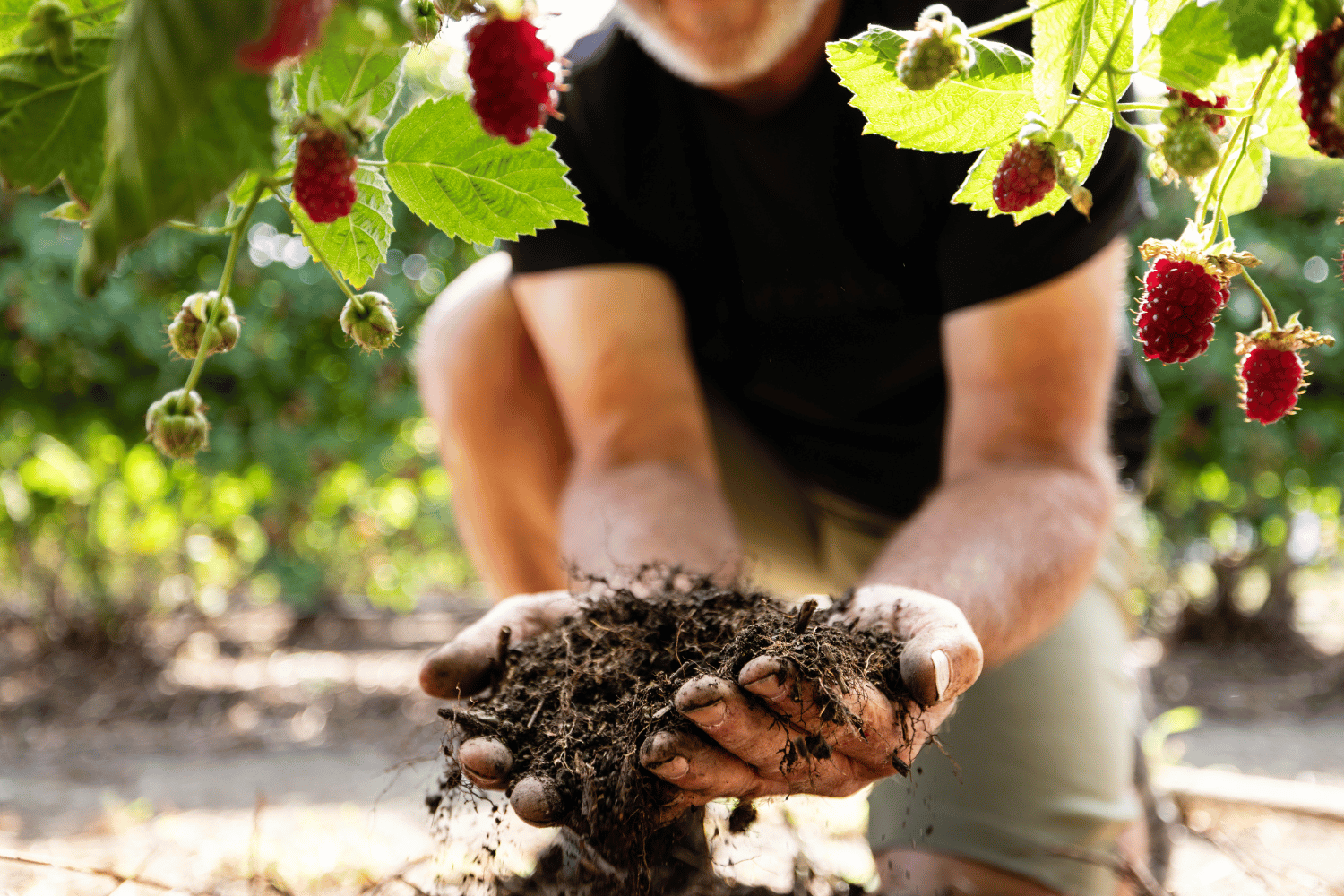Growing up in the 70s and early 80s was easy. Folks knew their neighbours, they ate meat and three veg - except on Friday when it had to be fish. Veggies grew in the back yard, and Mum would preserve the stuff that couldn’t be eaten straight away.
Fast forward forty years and most kids have no idea where their food comes from - 'It's from the supermarket!'. But they generally have no idea how it got to the supermarket and what happened to it along the way.
Like those bananas from exotic places like Ecuador. To get ready for their 11,000+ km journey they are harvested before they are ripe and stored in chillers. And that’s where they stay, in suspended animation, hopefully at the same temperature and humidity, for the weeks the journey will take to arrive at the 'fresh' produce section of your supermarket. That's not what we call fresh!
So how much do we know about harvesting, storing, transporting, preparing, and cooking fruit and veggies to maintain optimal nutrient density?
Did you know fruit and vegetables continue breathing after they're picked? They breathe even harder when they are separated from their source of water and nutrients. And just like us they perspire and lose even more moisture if they are kept in conditions which are too hot or too humid. You can keep an apple 'fresh' for 12 months if you limit the amount of oxygen in the atmosphere and slow down its rate of breathing… or suffocate it!
Just because it can be kept 'fresh' doesn’t mean it maintains its nutritional value. Proper storage can mitigate some nutrient losses, but even refrigeration has its limits, most fruit and vegetables can't be kept fresh in the fridge for much more than a week.
So this presents us with a dilemma. We know we can't grow this stuff all year round so we either eat it only when its in season, or we preserve it somehow. We can freeze it, can it, dehydrate it or pickle it.
So which method best preserves the nutritional value?
If those fresh green peas were snap-frozen immediately after harvest and kept in your freezer for three months they lose 66% of their vitamin C content - only slightly worse than the peas picked yesterday and eaten fresh.
Canned is the worst process for maintaining nutrients. They typically lose 80-95% of their nutrients. Those baby carrots in the can always have an unnatural taste and slightly slimy or mushy texture anyway.
So what's the impact of dehydration?
Nutrient Rescue Shots are the result of harvesting the most nutritious fruit and veggies at their peak and immediately freeze-drying, or in some cases, conventional drying. Freeze drying typically preserved 95% of the nutrients. Conventional drying retains 50-60%. Significantly better than the alternatives.
It definitely helps that we just add water to our shots and shake them before we knock them back - no subjecting them to the secondary process of cooking. Not only do the ingredients provide some of the highest nutrient levels found in plants, but they also lose very few of them on their journey from the garden to our gut. More nutrition means more energy, which explains why they are so powerful.
We still can't beat fresh from your garden, eaten raw and immediately. But it’s the next best thing.
Learn how to get started on the shots here.
If you're a returning shotster, head over to the Online Store.
For more help refer to our FAQs or Contact Us.













